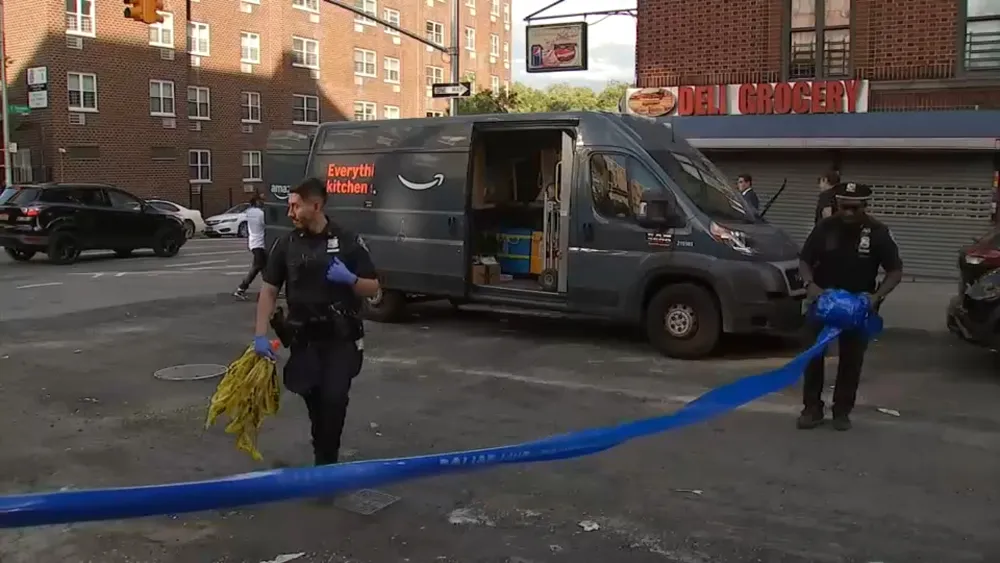What is swatting? Active shooter hoax incidents at Villanova University and more create chaos for students and police
Active shooter hoaxes, known as "swatting," have gotten so out of control that U.S. law enforcement says it's now at crisis level.
Law students at Villanova University outside Philadelphia sprinted for safety last Thursday, scrambling to escape the threat of a reported active shooter. A police sniper, perched on a nearby roof, only escalated the fear of the threat.
"These officers came from all over this area thinking that they were going to go into an active shooter room, into a building, and have to take somebody down to save someone's life," said Delaware County District Attorney Jack Stollsteimer in Pennsylvania.
Partway across the country, students and staff celebrating Welcome Week at University of Tennessee in Chattanooga ran for cover after opening the alert text reading, "Run! Hide! Fight!"
"I was pretty scared... I just saw police coming on the field, so I just took off and got off campus as quickly as possible," a student told reporters.
It turns out neither threat was ever real.
"Well, our response is going to, especially our initial response, is going to be the same no matter what. It has to. Lives depend on it. We can never assume that something is fake, right?" said Chattanooga Police Chief John Chambers.
"My office, Criminal Investigation Division, the FBI, we're all going to work to try to get to the bottom of who might have done this because if this was indeed a cruel hoax, this is a crime, and we will track you down if it's the last thing we do," said Stollsteimer.
Investigators chased down six separate active shooter calls on college campuses on Monday alone. The University of Wisconsin and Iowa State were among them.
"Very difficult to investigate. It takes a lot of manpower," said ABC7 law enforcement expert Derek Mayer.
Mayer helped track down half a dozen students accused of triggering a swatting incident in Northwest Indiana last year. Now, prosecutors and police chiefs around the country are trying to thwart them.
"Are they all the same person, or is everybody acting together? Or is it one bad actor doing this? And trying to find out where these calls are coming from. Is it coming from a phone of a burner phone? Is it coming from somebody's cell phone? Is it coming from internet sources? Is AI involved in disguising their voices?" Mayer told the I-Team. "So, investigators are coming together to try to find out where these calls are coming from and where they're originating from, and in doing so, looking for similar patterns between all of these calls."
Earlier this month, the National Association of Attorneys General released a study on the escalating threats of so called swatting incidents.
That study, they said, highlighted the need for stricter and more specific state laws on how these kind of false threats are investigated and prosecuted.
